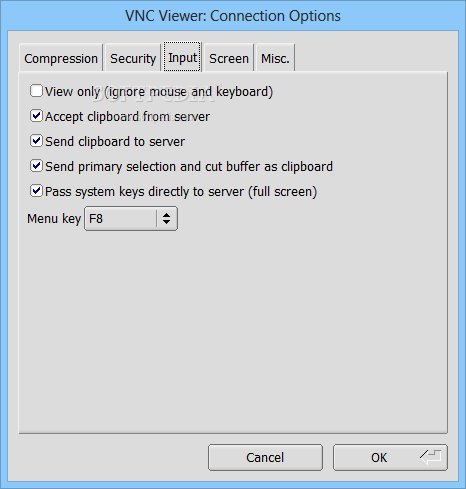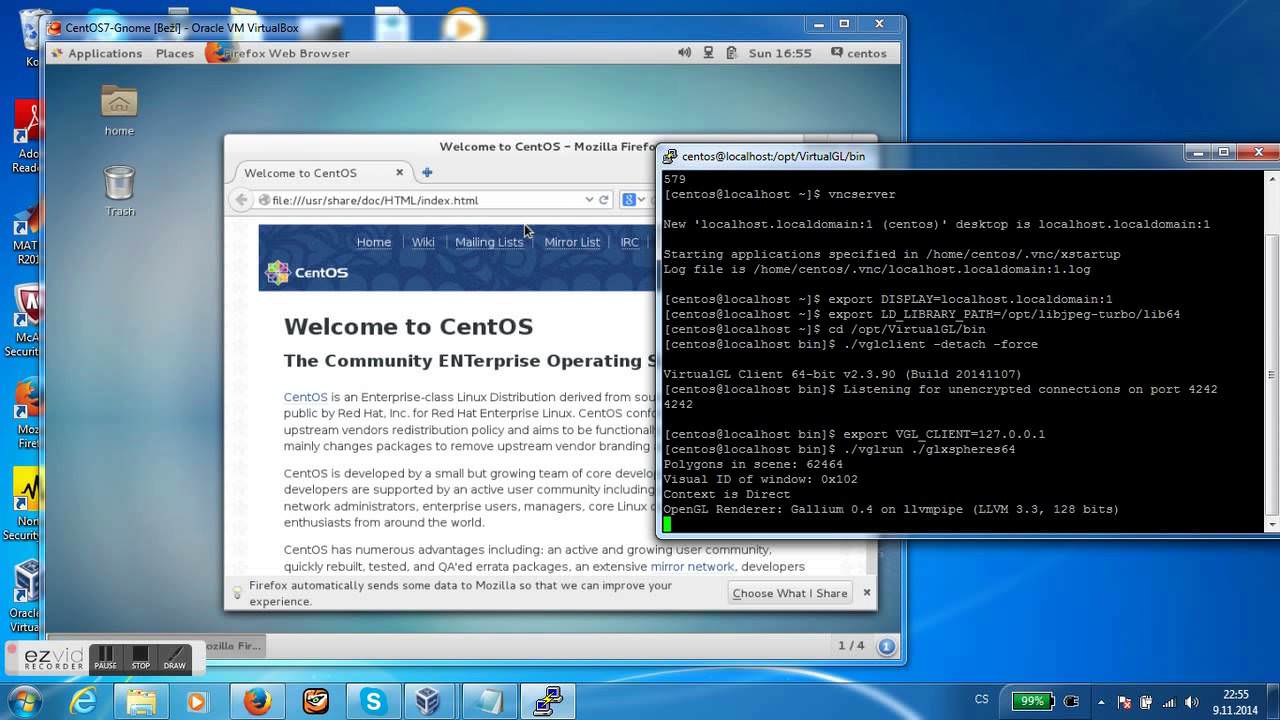

If you successfully set up and used Vlab you will most likley not need to try these other alternatives.īut if you wish, click on the icon for your platform for more information. TightVNC has a classic-style Windows interface with a server configuration app available in the Windows taskbar. PuTTY PSCP ( provides similar capabilities to PSCP.Ī Summary for transferring files to/from CSE for users of all platforms can be found at.Many students use WinSCP ( /eng/index.php ) to transfer files to/from CSE.But for now well done! You have connected to your CSE account from home!įor more information about Vlab and for alternatives to UNSW's VPN service, see the documentation: Transferring Files To and From CSE You will learn more about using linux throughout the course. A terminal (shown in the image below) allows you to type in linux commands. You can now right click on your desktop and open a terminal. This is a linux environment and this is your desktop. TigerVNC is a high-performance, platform-neutral implementation of VNC (Virtual Network Computing), a client/server application that allows users to launch. Will likely be using on the UNSW CSE lab computers.Īssuming you chose XFCE4 which is what we recommend you to get started with, you should end up getting something like the image below. You select XFCE4 from the window that appears. You may need to set up VLAB if you haven’t connected to it before.We recommend

Use a smaller screen resolution if you are using a Each one will connect at aĭifferent screen resolution.
#DOWNLOAD TIGERVNC VIEWER FOR WINDOWS SOFTWARE#
You can enter any of the following addresses/ports. The creation of TigerVNC software was initiated by Red Hat with the goal of improving on TightVNC. In this example I used port 5916 which works well on my macbook Start your TigerVNC (or your other chosen VNC Viewer) and enter your VNC server as


 0 kommentar(er)
0 kommentar(er)
